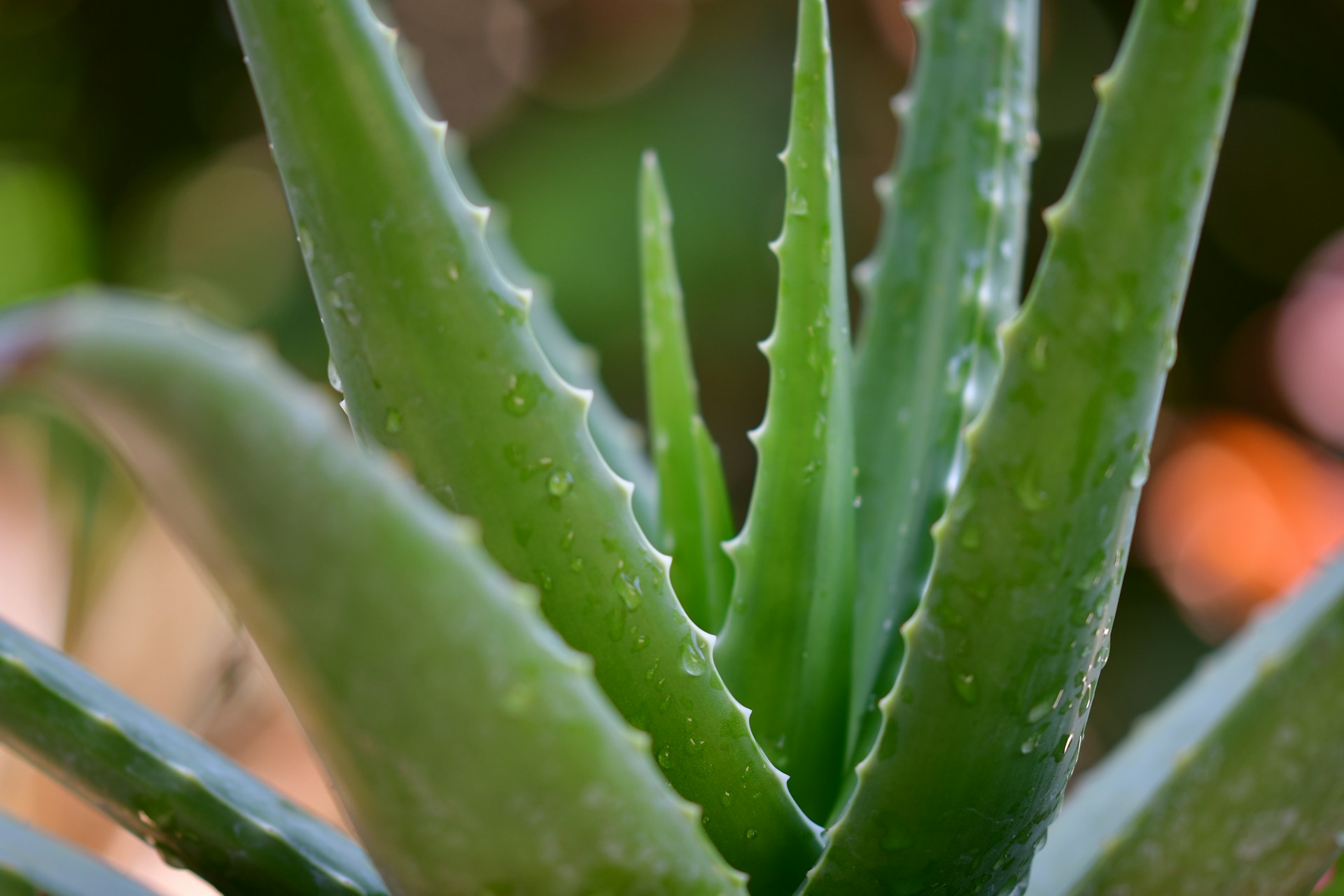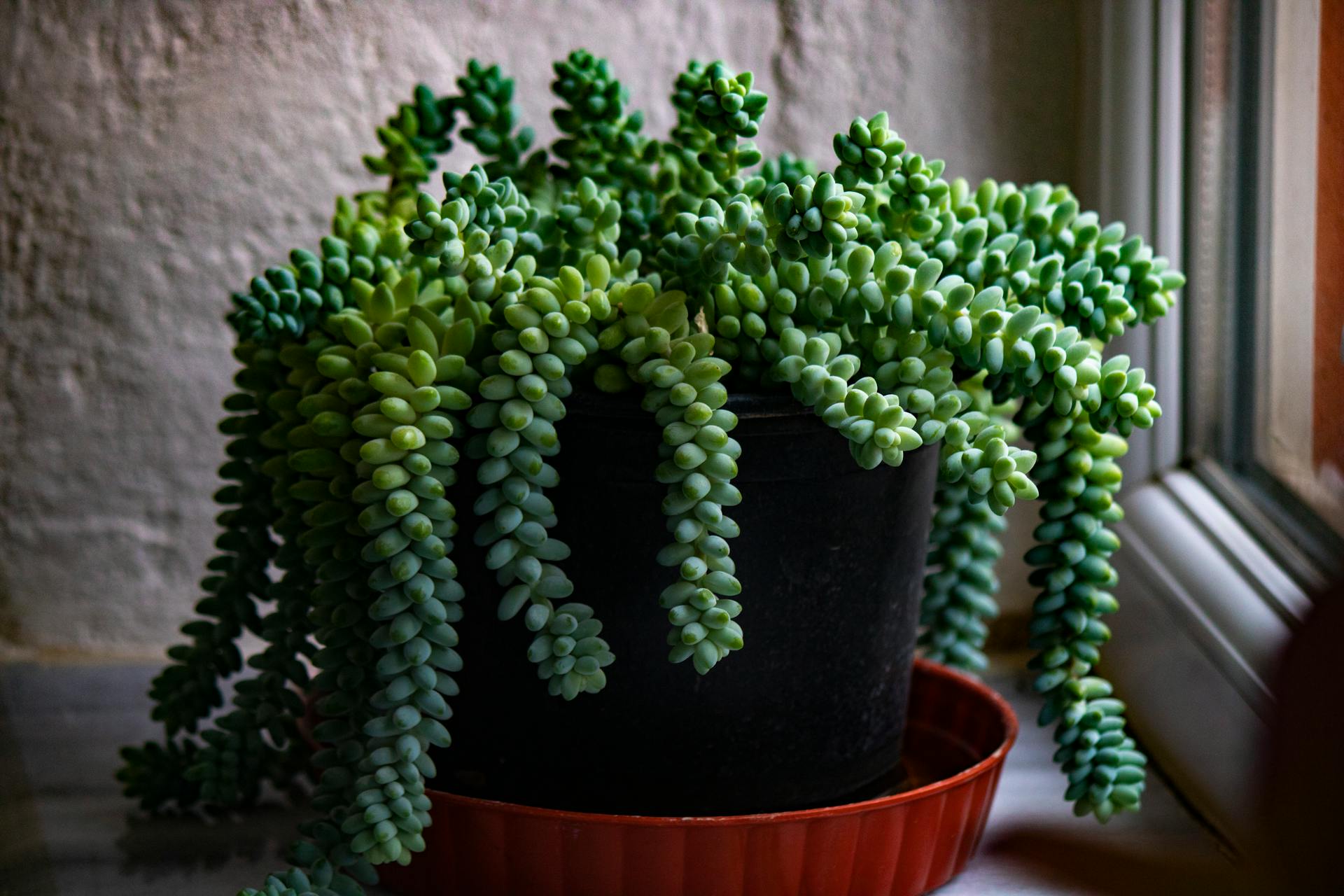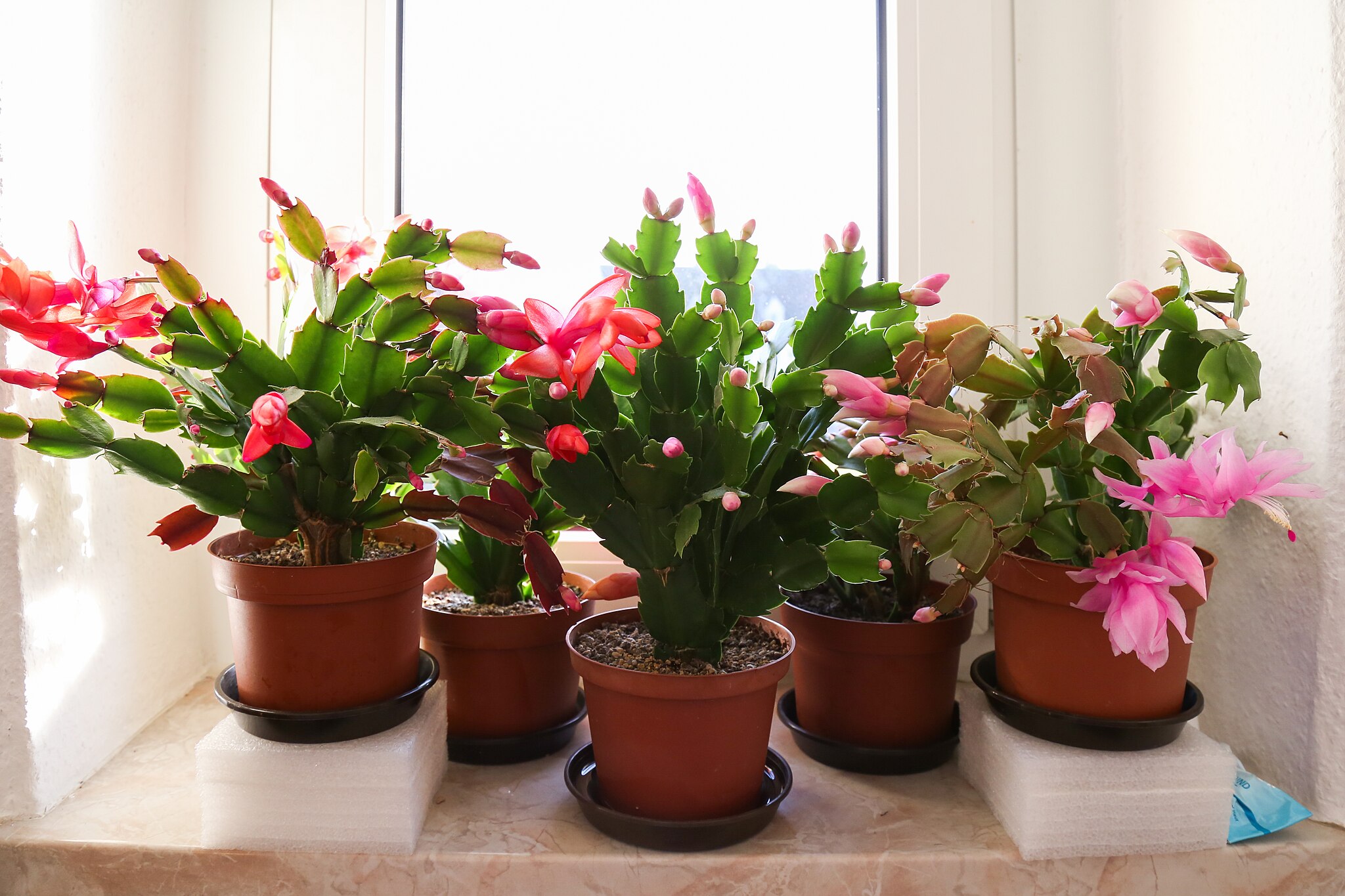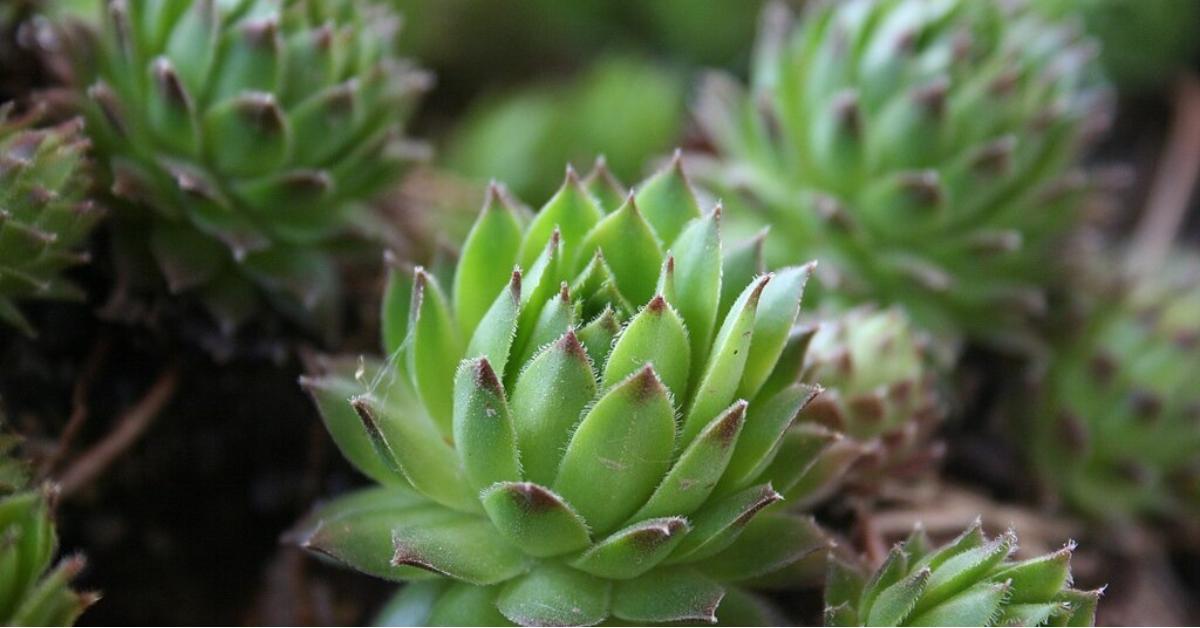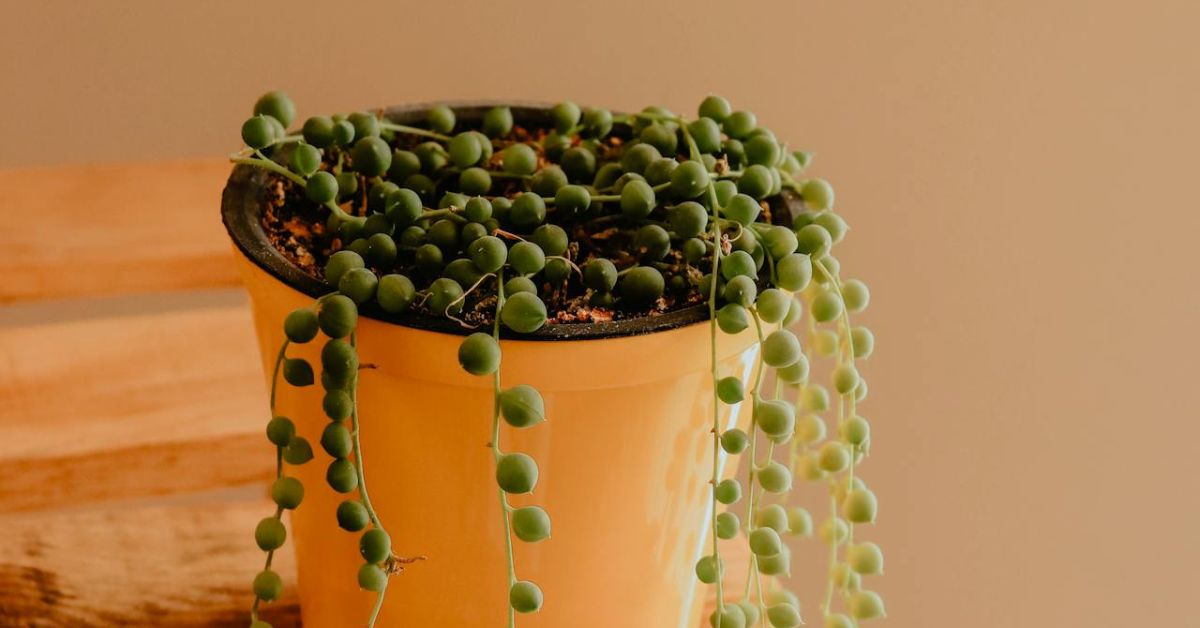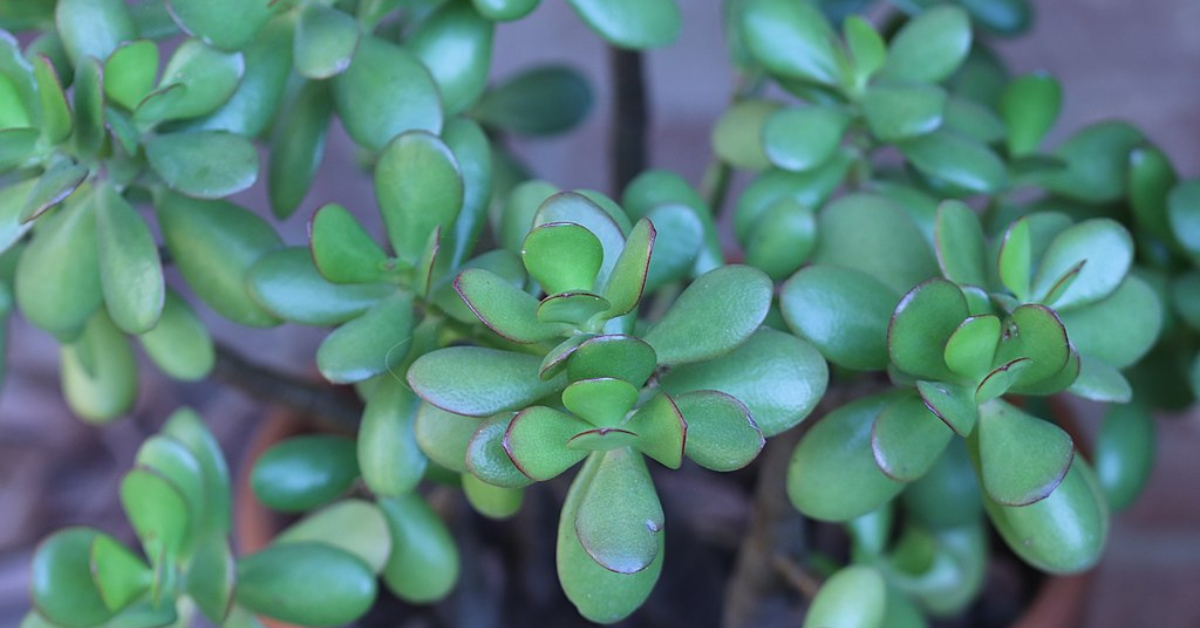IN THIS ARTICLE
The African milk Tree also known as Euphorbia trigona is a very easy going plant and perfect for busy beginner gardeners. This Central Africa native plant is also recognised as Cathedral cactus, or Abyssinian euphorbia.
Does your healthy firm and upright African Milk Tree have soft spots and looks discolored? Do you see mealybugs and spider mites on your African Milk Tree?
We are covering these topics and many more in this guide to plant and care for the African Milk Tree. And we recommend you to read this guide till the end to know everything you need to propagate, grow and care for your African Milk Tree.
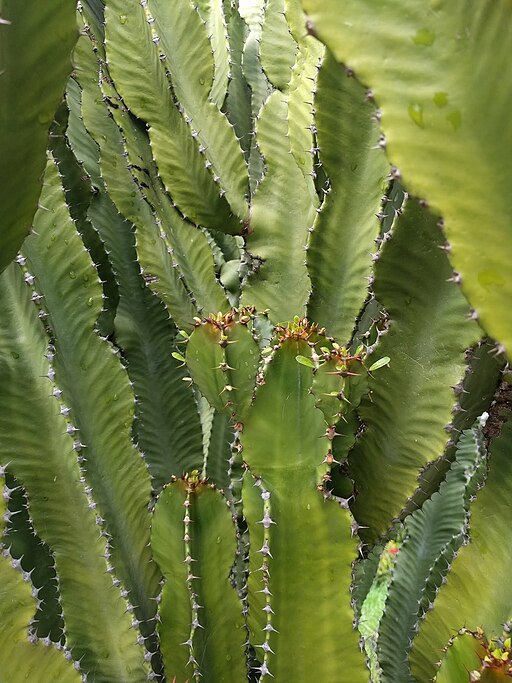
| Botanical Name | Euphorbia trigona |
| Family | Euphorbiaceae |
| Plant Type | Succulent |
| Mature Size | 6-8 feet tall, 1-2 feet wide |
| Sun Exposure | Full sun to partial shade |
| Soil Type | Well-drained, sandy or cactus mix soil |
| Soil pH | Slightly acidic to neutral (6.0-7.5) |
| Bloom Time | Rarely blooms indoors |
| Flower Color | Small, inconspicuous; red or yellow when it does bloom |
| Hardiness Zones | 10-11 (USDA) |
| Native Area | Central Africa |
Fun Fact: The African Milk Tree which is also known as Cathedral Cactus is actually not a cactus but succulent because it grows leaves.
Types of African Milk Tree
There are two types of African Milk Tree which are grown indoors and very popular. The outdoor varieties of the African Milk Tree could be good options for landscaping outside.
| Name | Grown Indoors? | Unique Features |
|---|---|---|
| Euphorbia trigona ‘Rubra’ aka, Red African Milk Tree | Indoor |
|
| Euphorbia trigona Green aka, African Milk Tree | Indoor |
|
| Euphorbia candelabrum aka Candelabra Tree | Outdoor |
|
| Euphorbia ingens aka, Candelabra Tree | Outdoor |
|
How to choose the right African Milk Tree?
Choosing the right African milk tree will involve factors like health, appearance, size, shape, and growing requirements like light, temperature and humidity.
| Look for | Comments |
|---|---|
| Lively color | Depending on the variety, look for the vibrant colors on leaves and stems. |
| Sturdy stems | The stems should be upright and sturdy indicating that the plant is well hydrated. |
| No damage | Check the overall plant, especially the roots. The branches should be intact and roots should not be rotten. |
| No disease | Take a closer look and check the stems and underneath the leaves. Check for pests like mealybugs or spider mites or signs of webs which indicate the presence of spider mites. |
| Size | African Milk Trees can grow indoors up to 6 – 8 feet (1.8 – 2.4 meters) in height. Outdoors, African Milk Tree may reach up to 9 feet (2.7 meters) or more. |
| Shape | The African Milk Tree grows upright versus sideways and looks good when planted in pots kept on the ground and in the corners with indirect sunlight. They usually gain a width up to 1-2 feet (0.3-0.6 meters). |
| Environment | Indoors: |
Choosing the Right Pot and Soil
Best pot for African Milk Tree:
| Pot | Specification | Comments |
|---|---|---|
| Terracotta | Width: 2-4 inches Height: 4-6 inches | Good for Euphorbia trigona ‘Rubra’ and Euphorbia trigona Green |
| Plastic | Width: 4-8 inches Height: 6-10 inches | Should be used for heavy species like Euphorbia candelabrum (Candelabra Tree) |
Best Soil Mix for the African Milk Tree:
| Soil | Mix | Comments |
|---|---|---|
| Propagation Mix | 50% Cactus Mix 25% Perlite 25% Coarse Sand | Check out recommendations for the best cactus potting mix, perlite, and coarse sand. |
| Potting Mix for Indoors | 40% Cactus Mix 30% Perlite 20% Coarse Sand 10% Compost or Peat Moss | Check out recommendations for the best compost and peat moss. |
| Soil Mix for Outdoors | 50% Native or Garden Soil 25% Pumice or Perlite 25% Coarse Sand A little amount of Compost or Peat Moss | Check out the recommendations above to purchase the best quality products. |
Best Soil Mix for the African Milk Tree - Additional Tips
- The soil mix for African Milk Tree should be a little acidic to neutral. The pH level for the mix should be between pH 6.0-7.0.
- And avoid the regular potting soil or vermiculite as it retains too much moisture and can lead to root rot of the African Milk Tree.
- Ensure to clean the soil before using it. Check for pests and pathogens and remove them.
- Consider building a raised bed to increase water flow and drainage if growing the African Milk Tree outdoors.
How to Grow the African Milk Tree Indoors
There are several ways to grow an African Milk Tree indoors. The best method for beginners and home gardeners is to propagate by stem cuttings. There are other propagation methods available but the success rate is low and the time consumed will be a lot more.
How to Grow the African Milk Tree Outdoors
Propagating the African Milk Tree
| Propagation Method: | Recommended | Difficulty | Comments |
|---|---|---|---|
| Stem Cutting | ✔ | Easy | Stem cuttings are the fastest way to propagate. |
| Leaf Cutting | Not Applicable | Not Applicable | Propagation is only possible with stems. |
| Seed | ✘ | Hard | Method is time-consuming and not beginner-friendly. |
| Bulb | Not Applicable | Not Applicable | Not a bulbous plant. |
| Division | Not Applicable | Not Applicable | No pups or clusters formed. |
| Layering | Not Applicable | Not Applicable | Layering technique is not used. |
| Grafting | ✘ | Hard | Method not suitable for home propagation. |
Preparation for propagating the African Milk Tree:
Topic | Items | Comments |
|---|---|---|
Safety | Gloves & Scissors | |
Source | stem cutting | Use the sharp, sterilized pruner or knife to cut a 4-6 inch long stem section. |
Soil | ||
Pot | ||
Others | Repotting Mat | A good repotting mat constraints the mess created during the procedure. |
Propagating African Milk Tree from the Stem Cutting:
Planting: Moisten the potting mix slightly and dig a hole deep enough to fit roughly half of the cutting’s length. Place the calloused end of the cutting in the hole and gently firm the dirt around it.
Watering: The goal is to keep the soil slightly damp but not saturated. Overwatering is a leading cause of failure during propagation.
Light and Rooting: Allow for bright, indirect sunshine during the cutting. Rooting might take several weeks, so please be patient. New growth emerges from the top of the cutting, which indicates effective roots.
How to Care for the African Milk Tree
| Needs | Ideal State | Avoid | Frequency (if applicable) | Recommendations |
|---|---|---|---|---|
| Light | Indoors: Bright indirect sunlight Outdoors: Full sun to partial shade | Too much direct sunlight | Everyday | Indoors: Place near the east or south window with sheer curtains. Outdoors: Direct morning sunlight and partial shade in the afternoon. |
| Air Circulation | Keep in a well-distanced space | Avoid overly windy spots if outdoors. | N/A | N/A |
| Watering | Thorough watering until water drains from the drainage hole | Watering on a fixed schedule. Excess water in the pot saucer. | Only water when top inch of the soil is dry | N/A |
| Fertilizer | Diluted fertilizer in spring and summer | Fertilizing in fall and winter | Monthly | Use organic fertilizer or options like compost tea. Or buy a water-soluble or liquid fertilizer of NPK 10-10-10 ratio. Buy it here. |
| Temperature | 65°F and 80°F (18°C to 27°C) | 10°C or below | N/A | N/A |
| Humidity | Average home humidity | N/A | N/A | Occasionally mist the plant in dry weather. |
| Pruning | Not necessary to prune | Impromptu pruning | As needed | Remove dead leaves or stems. |
| Repotting | Repotting soil mix for indoors | Regular soil mix | N/A | N/A |
| Pest Control | Keep checking for spider mites or mealybugs | Don’t ignore pests for a long time | Weekly | Use insecticidal soap or neem oil to treat infestations. |
How to Care for the African Milk Tree - Additional Tips:
Compost Tea for the African Milk Tree:
Worm castings for the African Milk Tree:
How to Prune for the African Milk Tree
How to Repot the African Milk Tree
Signs that indicate the need for repotting of African Milk Tree
- Growth: African Milk Tree normally grows rapidly throughout the growing season and if you see a noticeable slowing of growth or smaller new leaves, it may be time to repot.
- Roots: If you find roots growing out of the pot’s drainage holes or circling the soil surface, it’s a clear sign for repotting.
- Stability: An African Milk Tree that frequently leans over or appears unstable in its pot may require a larger and heavier container.
Choosing a new pot and soil for the African Milk Tree
- Choose a pot that is one size larger than the current one. The golden rule is to select a pot that is 1-2 inches bigger in diameter than your existing pot. If you don’t already have a pot, check out our pot recommendations.
- Use well drainage soil optimal for succulents.
Repotting steps and post-repotting care of the African Milk Tree
- Unpotting:
- Wear protective gloves and remove the plant from the pot. Check the roots and trim dead or damaged ones.
- Planting:
- Fill about a couple of inches of soil mix and then place the African Milk Tree in the center. Fill the soil mix and press it lightly to remove the air pockets.
- Watering & Lighting:
- Water to settle the soil. Place the plant where it can receive bright indirect sunlight.
Common Problems and Solutions
Multiple Problems One Cause
If you’re wondering about these following questions:
“Why are my African Milk Tree leaves yellowing?”
“Why are my African Milk Tree leaves mushy?”
“Why do my African Milk Trees have soft stems?”
“Why are my African Milk Tree leaves dropping/falling?”
Root Cause: Overwatering, which hinders oxygen supply in the soil causing the root rot and which eventually causes all these problems.
Solution: Let the soil dry out completely between waterings and reduce the watering frequency.
Check if the pot has proper drainage, if not, fix it.
Conclusion
Frequently Asked Questions
What is the “Milk” in the African Milk Tree?
The African Milk tree is named after the poisonous sap-like milk it releases when cut or crushed. Touching this sap is not recommended and it is advised to wear gloves and eye protection when working with this plant, especially when pruning or repotting.
Does the African Milk Tree flower?
Is my African Milk Tree dead?
Is the African Milk Tree poisonous to cats?
Yes, the African Milk Tree is poisonous. It produces a sap which is harmful to cats or any other pet and humans. Keep this plant out of reach of your beloved pet and kids. Contact a vet or medical assistance in case of contact.

